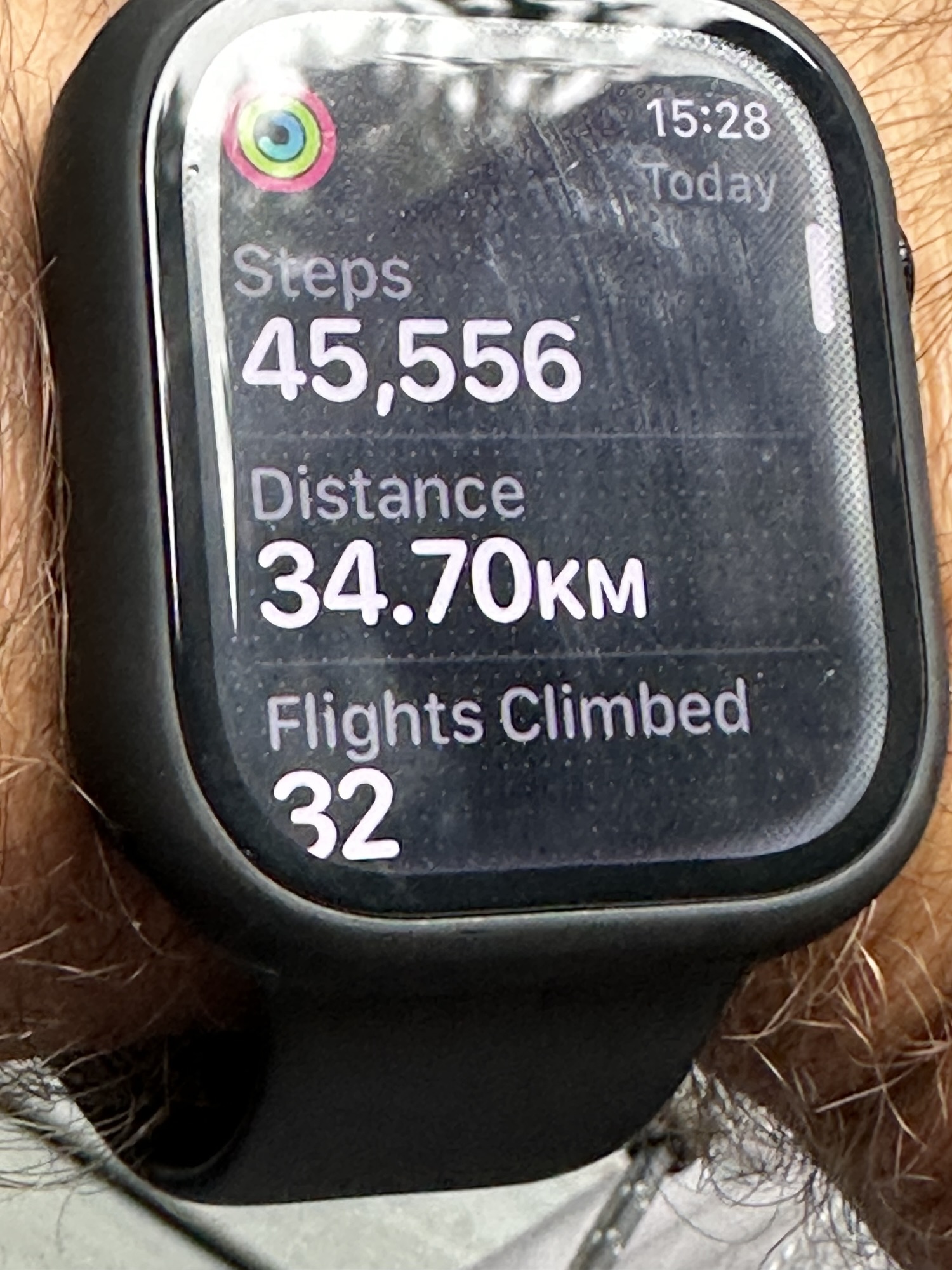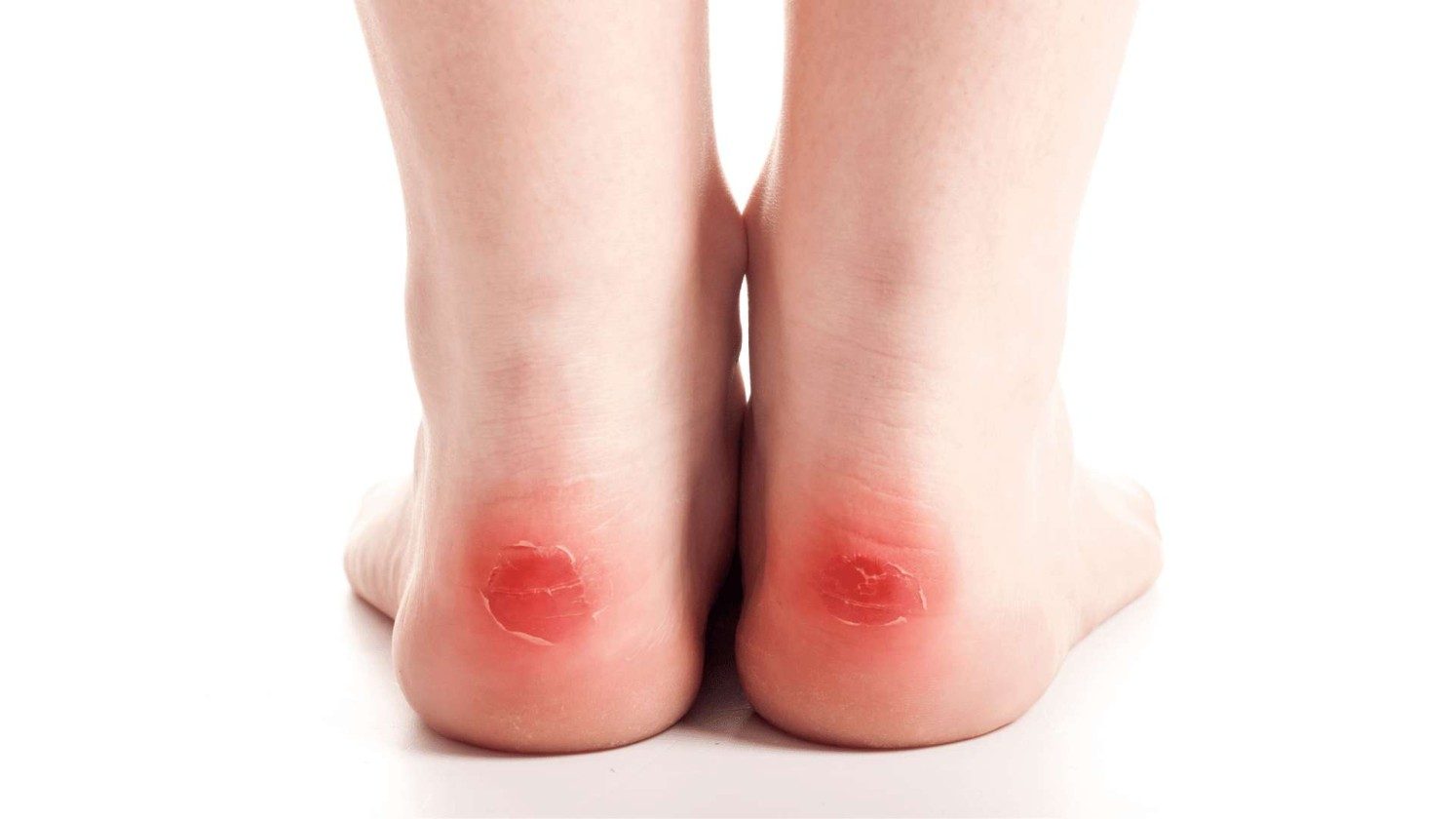Wednesday morning, I took my dog out to pee at 5 AM. It was pouring rain. I had a 20-mile hike to and from my parents house scheduled and the thought of canceling crossed my mind. Then, I remembered that it rains in Spain in Portugal too. In fact, by the time I reach Galicia, the state where Santiago is located, there’s a 50% probability on every day that there will be measurable rain. So on with the hike.
By the time I started walking at 7 AM, it was just the typical Oregon pissing kind of rain that really never gets you wet. It’s just more of an inconvenience.
As the crow flies, my parents house is only about 5 1/2 miles from mine. But with a US highway, an interstate freeway and the Willamette river standing between us, you have to make some detours in order to get there. I spent some time the day before mapping out a route on AllTrails. The route initially looked pretty good but on closer inspection, I realized I’d have to do some on-the-fly adjustments to avoid some tricky intersections and scary streets.
While most of my training hikes have been on forested trails or in quiet residential areas, this one perhaps best replicated the types of conditions I expect to encounter in the Camino: getting from point A to point B can sometimes mean walking alongside busy roads.
Walking streets in Portland, Oregon is normally a pretty safe endeavor. The city is generally pedestrian friendly, many streets have sidewalks and motorists generally try to scoot over to give you a little extra space.
But not all streets are created equal and there are a few that a downright frightening to walk with non-existent shoulders around blind curves.

I use AllTrails as my mapping App. It shows all the roads, the cut-through pedestrian paths, intersections with walk signals and contour lines so you have an idea about how steep the grade will be.
It also shows streams and helps explain why it’s impossible to get to an adjoining neighborhood without traversing at least short distances on scary roads.
During my 20-miler, I experienced both some of Portland’s best and worst pedestrian experiences. The photos included here illustrate the variety of conditions.





The drizzle I experienced as I set off at 7 am quickly disappeared. Aside from the occasional drop falling from a tree I made it to and from my parents place precipitation free. I made great time and added a quarter-mile detour in Sellwood to stop at Blue Kangaroo for coffee and a pastry. Even with the detour, I arrived at my folk’s apartment around 10:40.

I carried my full backpack and did a little show and tell of what and how I had packed. We then had a nice lunch before I reversed course just after noon.
In my way home, I didn’t follow my own policy of stopping every two hours to rest my feet. While I made it home by 3:20, I paid the price for not taking a break midway to give my feet a breather. After a good soaking in Epsom salts, they were as good as new.



